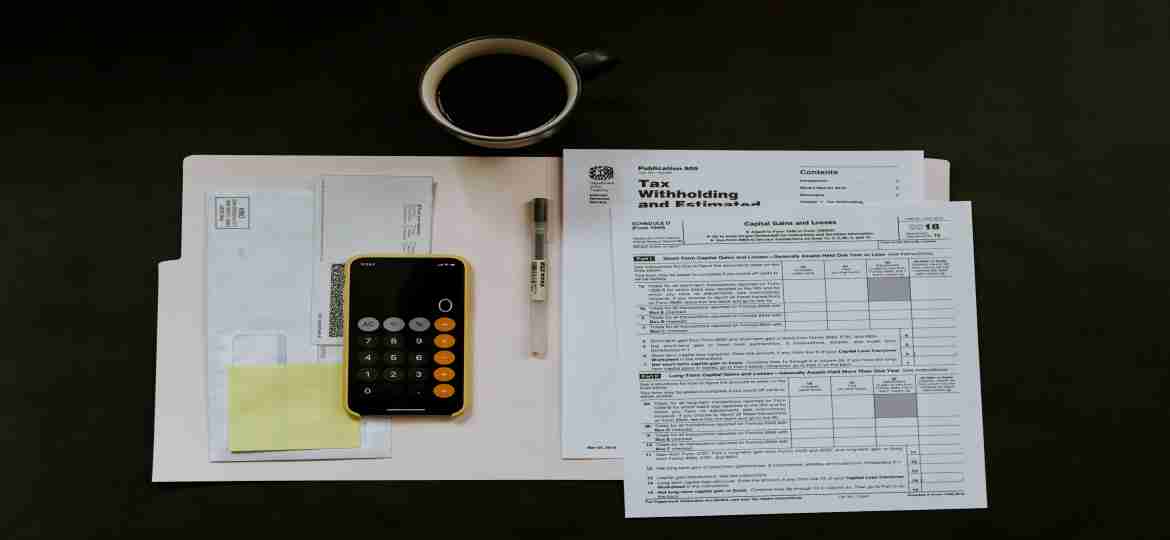Repurchase Option rate abbreviated as Repo Rate is the rate at which the Central Bank of a country (In India-Reserve Bank of India) lends short-term money to commercial banks. The RBI adjusts the Repo rate to control Inflation. The Monetary Policy Committee of the Reserve Bank of India decides what has to be the Repo Rate. Repo rate is an important tool in controlling inflation. In the event of inflation, RBI increases the Repo rate which simply means the Banks have to borrow money at a higher rate from the RBI. This results in banks borrowing lesser and consequentially lesser money is pumped into the system. This measure ultimately reduces the money supply in the economy and thus helps in arresting inflation. In the case of Deflation(Opposite of Inflation), the Repo rate is decreased and thereby more money gets pumped into the system. Therefore by increasing or decreasing the Repo Rate, the RBI controls the liquidity and inflation in the economy.
The rate at which the RBI borrows money from the banks is the Reverse Repo rate. The Reverse Repo rate tends to follow the Repo Rate. Thus when the Repo Rate is increased, the Reverse Repo rate also gets increased and vice-versa. Apart from these two types of Repo, Two other types of Repo rates are
- Overnight Repo: A Repo transaction for a day is known as an Overnight Repo. Here, banks sell securities to the RBI for money, and repurchase those the following day, thus, returning the money to the central bank.
- Term Repo: Term Repo includes a period of more than one day. The usual duration of term repo or variable rate term repo is 7 days, 14 days, and 28 days.
Photo by Andre Taissin on Unsplash



Leave A Comment